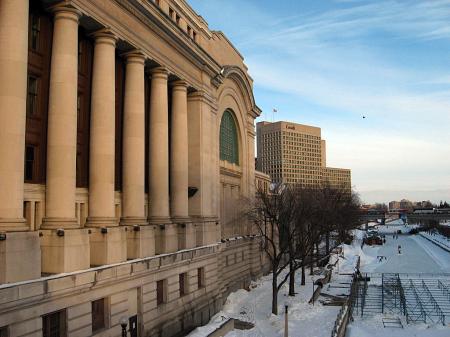Climate change policy focuses on constant attempts to make guesses about the future: about economic development in rich states and poor, about patterns of technological evolution, about climatic responses to radiative forcing caused by changes in the gas mixture of the atmosphere. One cannot always evade the feeling that too many uncertainties are being layered. Consider, for instance, the possibility that hydrocarbon fuels will peak in world output within the next few decades. If that happened, most of our ‘business as usual’ economic projections would be badly wrong.
An even more ominous consideration relates to global conflict. When the world is generally doing well, it is devilishly hard to convince states to reduce their greenhouse gas emissions for the universal good. Imagine how hard it would be in a geopolitical environment based around rising tensions and the growing expectation of great power war. We make projections for 2100 without acknowledging that making it from now to then without such a war would be a historical aberration.
In the end, I suppose, cynicism does us little good. The vast majority of ordinary people – and of powerful people – will not believe in the disastrous potential consequences of climate change until they start to manifest themselves visibly. As such, agonizing about them just makes you more marginal to the debate that exists among those not kept awake by fear about the possibility for self-amplifying positive feedbacks in the climate system. We must do the best we can, avoid confusing engagement with the mainstream debate with genuine complacency, and hope that humanity possesses more wisdom than it has ever demonstrated before.


We must do the best we can, avoid confusing engagement with the mainstream debate with genuine complacency .
How does one do this? In the Public Policy seminar I took last term, the majority opinion was that Canadians give up trying if you tell them what we know about the likelihood and consequences of climate change – it sounds like doom-mongering, so people either despair or don’t believe you. If that is true (which it might well be) then the only way to persaude people to change their behaviour is by providing complacent, platitudinous messages like ‘by changing your lightbulbs / eating local / using re-useable bags / reducing your driving speed YOU can help stop climate change’. How do you convey a realistic message to people who refuse to believe or act on unwelcome information?
‘Enjoy life while you can’
Climate science maverick James Lovelock believes catastrophe is inevitable, carbon offsetting is a joke and ethical living a scam. So what would he do? By Decca Aitkenhead
How do you convey a realistic message to people who refuse to believe or act on unwelcome information?
I wish I had a good answer to this.
It may seem impossible to imagine that a technologically advanced society could choose, in essence, to destroy itself, but that is what we are now in the process of doing.
On our current emissions pace, we will be at 11 GtC/yr around 2020 — and still rising! That means, if the “other side” wins, or even if they just partially win, by limiting government controls to ones that lead to average emissions of 11 GtC/yr for the century, then the planet’s carbon dioxide concentrations, feedbacks including, are headed to 1000 ppm!
Let me repeat, if the other side (as the media labels them) wins, we face 1000 ppm atmospheric concentration of CO2 — a quadrupling from preindustrial levels — if not higher. That is not the worst-case, that isn’t even business as usual if the disinformers win — stabilizing at 1000 ppm still requires a lot of government-led effort that conservatives almost universally disdain.
Scientists rarely even bother modeling the impacts of 1000 ppm because “catastrophe” doesn’t begin to describe the impacts. We are talking average global temperatures some 10° to 14° C higher — yes 18° to 25° F higher (and perhaps 50% higher than that on northern land masses like the continental U.S.) — in any case, far higher than the last time the planet had no ice whatsoever and sea levels were more than 250 feet higher. The ocean would be rendered virtually lifeless. Deserts would engulf vast tracts of the planet. This is not “global warming” or “climate change,” it is Hell and High Water. Few scientists have, perhaps until very recently, seriously considered that humanity would be so mindlessly self-destructive that 1000 ppm would be a possible outcome.